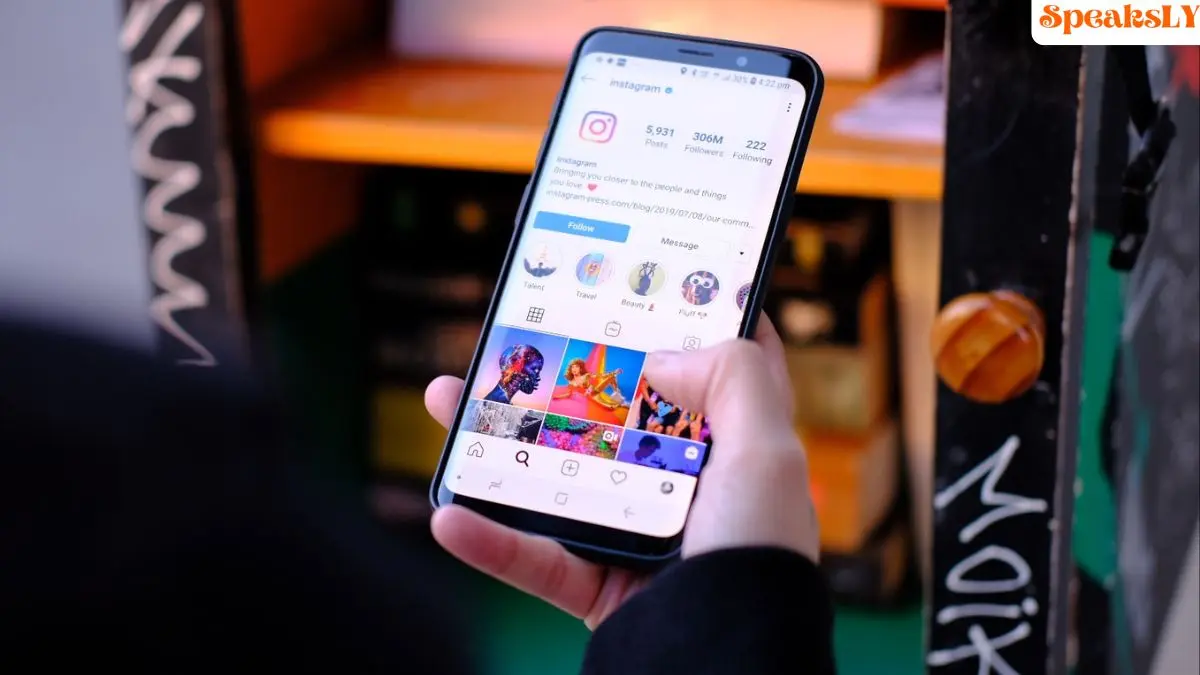Instagram’s head Adam Mosseri revealed that the platform actively lowers the quality of videos that don’t achieve high engagement, sparking debate over its impact on smaller creators. In a recent AMA, Mosseri explained that Instagram uses a “sliding scale” for video quality, reserving the highest quality encoding for popular content that garners significant views, while downgrading quality for videos with lower engagement. The move, he said, allows Instagram to “show people the highest quality content we can,” prioritizing storage space and computational resources for top-performing videos.
According to Mosseri, if a video experiences low engagement shortly after posting, its quality is adjusted accordingly. However, if the same video later gains popularity, Instagram will re-render it in higher quality. This decision has caused concern within the creator community, with some voicing frustrations over the perceived unfairness of lowering quality based on performance. One creator stated, “It’s wrong to adjust video quality based on engagement. It deters emerging creators from competing with more established ones who already enjoy high engagement.”
Industry expert Matt Navarra told BBC News that the approach may run counter to Instagram’s efforts to encourage new creators. “If quality is influenced by views, newer creators with smaller followings may struggle to grow if their content quality is downgraded,” he said, cautioning that this strategy could limit opportunities for creators trying to gain traction.
From a technical perspective, high-resolution videos require greater processing power and storage, both of which come at a cost for the platform. Instagram has previously highlighted that it hosts billions of video streams per day, making optimized storage essential. But critics argue that prioritizing popular content may deepen engagement disparities, favoring already successful creators and potentially discouraging newer ones.
In response to user concerns about quality affecting engagement, Mosseri emphasized that the changes are subtle and primarily noticeable to content creators, rather than to viewers. He also noted that, as an aggregate measure, Instagram does not adjust quality individually for each viewer. Instead, the decision is based on overall content engagement, ensuring that “most viewers will still enjoy the best possible experience based on their connection speed and device capabilities.”
Despite Mosseri’s reassurances, the platform’s focus on content popularity as a quality determinant has generated a strong reaction among creators. Some argue that video quality should remain consistent regardless of a video’s initial performance to promote a fairer playing field.



